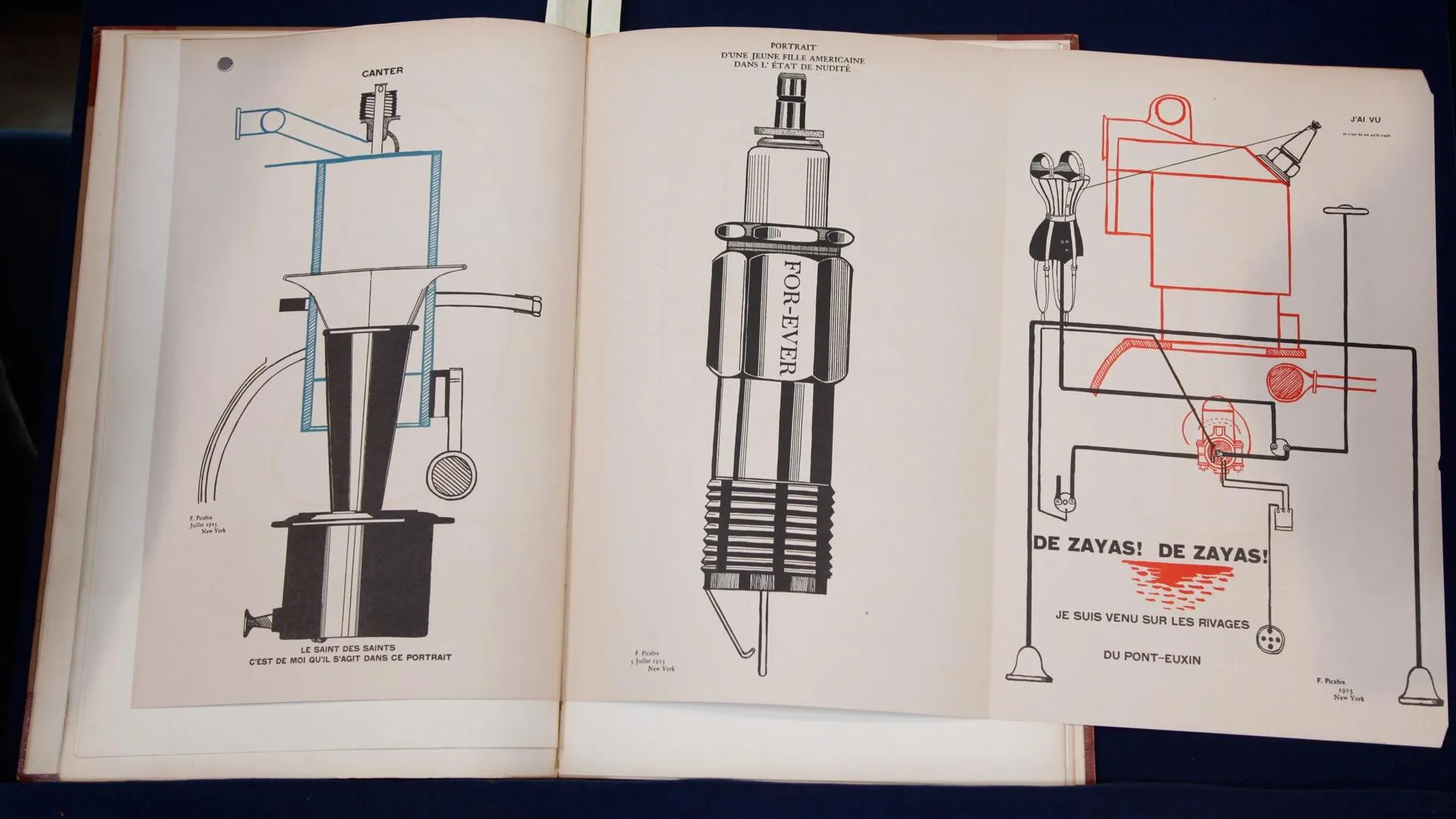GUEST: I've brought in a painting that has been in my family for many years. It was passed down to me by my parents. I believe my mother bought it in Chicago in the '40s, but that's all I really know about it.
APPRAISER: Mm-hmm. And so you inherited it and have it here in your home in California?
GUEST: We've had it in storage.
APPRAISER: Oh, really?
GUEST: It moved from storage at my parents' house to storage at our house.
APPRAISER: Oh, I see. And do you know who the artist is?
GUEST: I do not.
APPRAISER: Okay. Well, if we look here in the lower right area, you'll see that there is a date and there is a signature. And it is a bit difficult to read, but it's actually Jonson-- J-O-N-S-O-N. And this painting is by the painter Raymond Jonson, who is most associated with New Mexico. He was born in 1891 in Iowa, and he grew up mostly in Oregon. When he was a young man, he went to Chicago, and he went there to study with Nordfeldt, who was a well-known artist at the time, as well as at the Art Institute of Chicago. Ah. And while there, he was a theater set painter. He also saw the Armory show of 1913, which, of course, was a very avant garde show, and that influenced him and his painting. He began to dislike the chaos and filth of the city of Chicago at the time, and he decided to move to Santa Fe, New Mexico, in 1924. And when he started painting, he first started painting abstract landscapes. And he did that until about the mid-1930s, and in the '30s, he changed direction entirely. Rather than painting the tangible, even in abstract form, he decided to paint the intangible, or the spiritual. And so what we get... This painting, of course, was done in 1937, so around the same time period. He's very interested in form and the movement of form and the rhythm. And you see varying colored planes here, and you see the undulating forms, which relates all to the rhythm and to the spirituality. He was known as a Transcendentalist for that reason, and he was head of a group of painters in New Mexico called the Transcendentalists.
GUEST: Wow.
APPRAISER: Now, he taught at the University of New Mexico at Albuquerque and did that for many, many years, until he died in 1982. So he lived quite a long life, almost a hundred years.
GUEST: Yeah-- wow.
APPRAISER: In terms of this particular piece, it is very characteristic of the 1930s. It's a little bit paler in palette than some of his other works. In terms of the condition, we see that there are lighter colors here. These are actually paint losses. These areas can be restored, but it's really fairly minimal. Pieces from this period are quite popular in the present marketplace. If this were being offered in a gallery, I would say that the gallery price would be $50,000.
GUEST: Wow. I'm... I'm astonished. That is amazing.



